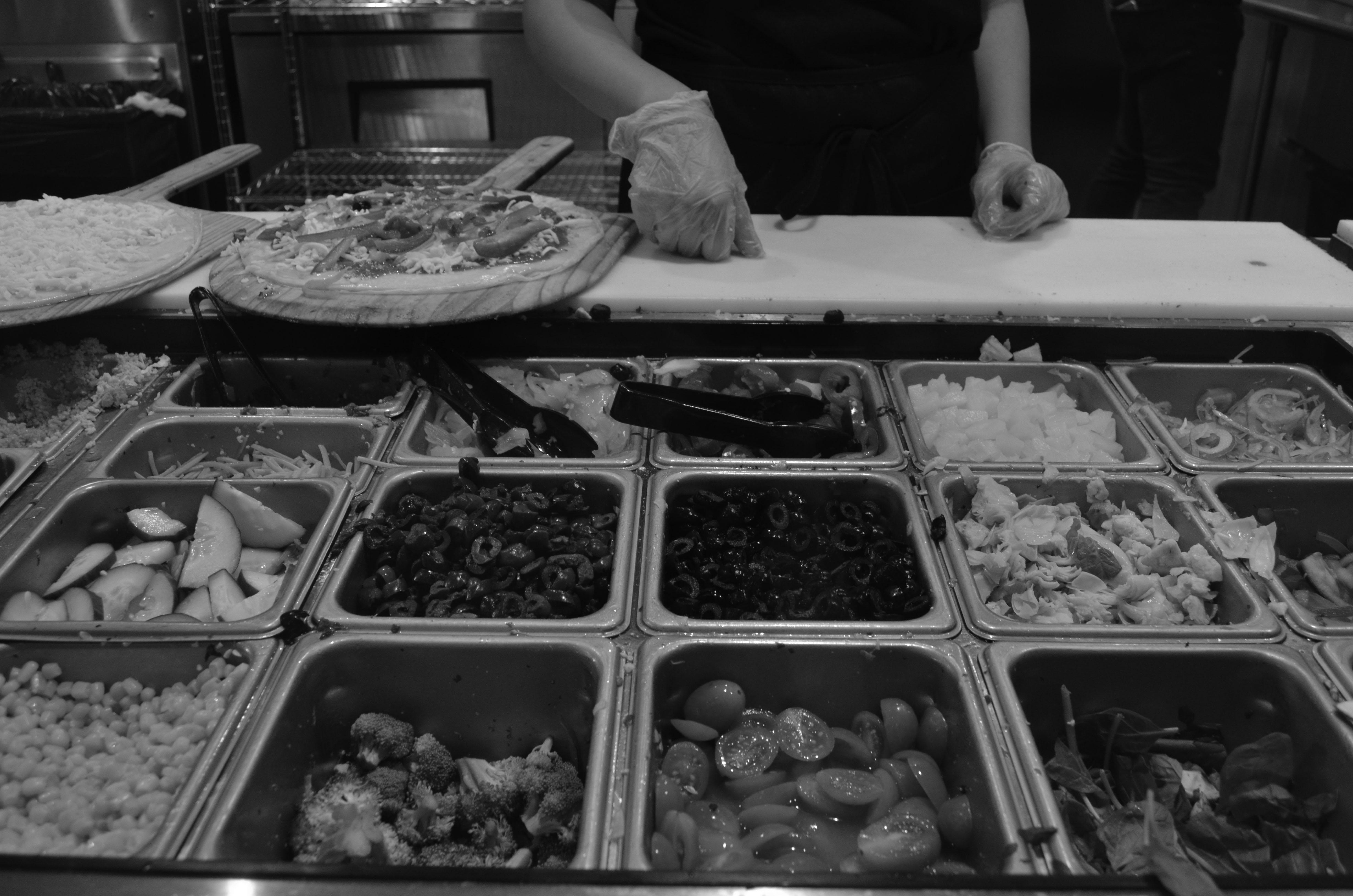
Picky eaters are hard to please — they hate certain ingredients, and when they see even the tiniest bit of the ingredient they dislike in their food, they refuse to eat it. The pursuit of a perfect meal can become tiresome for picky eaters; however, it has recently become easier to find the perfect restaurant to fit everyone’s needs, as certain restaurants allow customers to customize their foods. The appeal of customization extends beyond picky eaters and has even set a new trend in the food industry.
The primary challenge for consumers eating at menu restaurants remains the lack of flexibility in dishes. Junior Ellen Chao says, “[Sometimes] we don’t know what’s in [our food], and sometimes there are certain things in it that you don’t like but can’t really take out.”
However, with most customizable restaurants — a good example being Chipotle’s easily visible food options — customers can be fully aware of what they are eating, which can be beneficial when considering health issues. For instance, indicating whether a dish has gluten can aid a customer who has celiac disease, or even the one-third of Americans who practice gluten-free diets to keep an eye on their weight. Other options, such as fat-free or whole wheat foods, are available for more health-conscious people.
Restaurants that allow their customers to choose what they eat appeal to one’s inner food connoisseur. As the ingredients that are less appealing to a specific individual don’t have to be included in the meal, such restaurants can provide what fixed-menu restaurants don’t. Chao says, “You can tailor what you eat to what you want.”
A potential problem with customization is the cost of all the different ingredients, which can add up. Despite this, restaurants participating in the customization trend don’t appear to be struggling economically or drastically incresing prices. A new chain restaurant opened in nearby Foster City called Pieology allows customers to customize their own pizzas. Pieology offers seven different meat choices on their menu, as well as 16 other toppings, which can turn out to be pretty costly. Like many other restaurants that serve customizable food, Pieology efficiently balances the cost of these elements by using inexpensive, versatile ingredients, such as dough that can made into breads, rice, pastas, or tortillas, and paired with any sauce, dip, or spread. This allows the restaurant to purchase a variety of other meats and fresh produce while still maintaining an appropriate budget.
However, there is a line between too much and not enough variety. As Foods and Nutrition teacher Sue Hontalas points out, “Most people are happy with what they can choose from, and when you have too much variety in foods, there’s a lot more food waste and a lot of people taking ten years to order their sandwich.”
Individualism and open-mindedness, in a way, are also involved in customizing meals. People get to include what they like in their own food, which differentiates them from their friends and the people around them.
More recently, customization has resulted in a modernization of some culturally oriented foods, resulting in some backlash. Sophomore Allison Hom says, “[Customized meals are] a little more modern because you’re picking what you want in your dishes [that may not have been there in the original cultural dish].” Many of the customized meals do not stick to the traditional recipes of respective cultures, because new ingredients can now be added at a customer’s will.
Customizable meals are increasing in popularity as a desire for self-expression and control broadens in the American public. Restaurants that allow customers to pick what they want in their food offerings promise control and knowledge of exactly what they are eating at a relatively low price. While customization distances the dish from its culturally pure predecessor, the trend continues to grow through consumers’ excitement of getting the thin cut of the boneless white chicken melted with cheese on a baked white roll. After all, perfection is subjective, especially in terms of food.





Nice article.